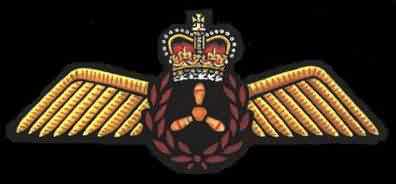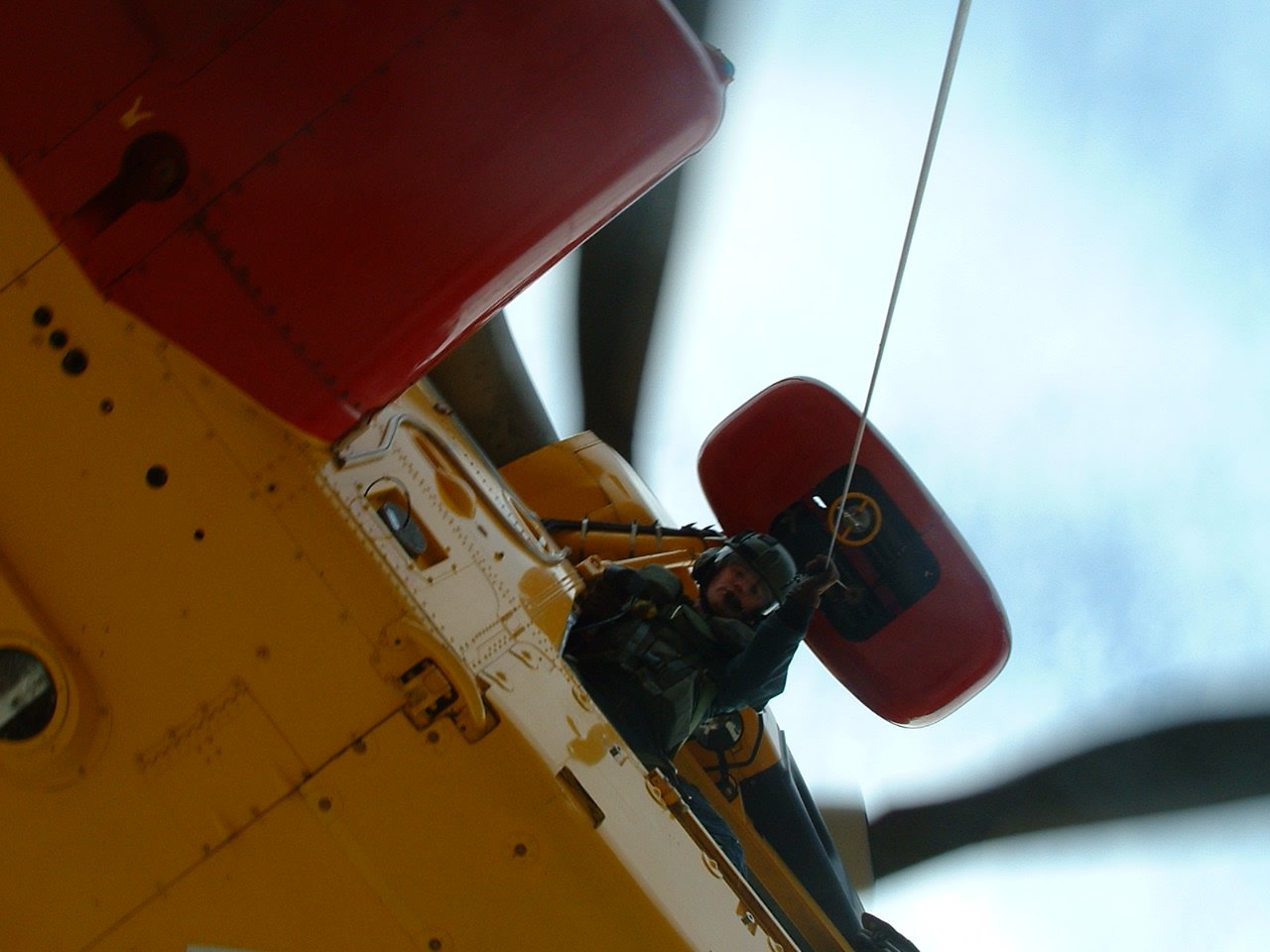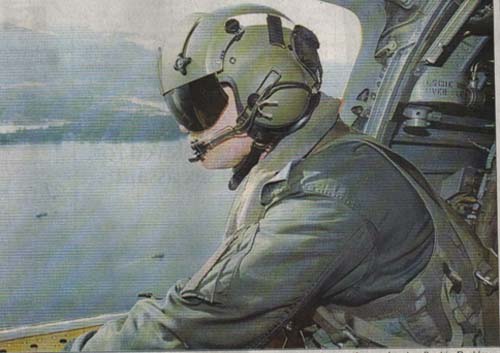


The business end of the CH-149 Cormorant. A Canadian Forces Flight Engineer Operates the Breeze-Eastern Electric Hoist (1 of 2, Inboard & Outboard, you can see the outboard hook next to the FE's hand)the meat and potatoes of the Search and Rescue capabilities of the Cormorant. Including technical and crew duties one of the primary on board jobs of the FE is to be able to safely operate the on-board hoists in order to carry out rescue work. The job can get very stress-full when you consider how delicate the person/persons be hoisted bodies are when compared to say, a tree or a rock wall. The FE has to stay cool under all circumstances including(especially?) when things go awry which happens from time to time in the SAR world.

How does one end up as a CH-149 Cormorant (CH113/A Trenton ON) Flight Engineer is a question that is asked of me (besides what do I do...we'll get to that a little later) alot when I am out in public..I.E. airshows, community events etc etc. It is a long roundabout way to end up as a SAR FE.Well for one.. you have to be in the military..and in the Airforce...and you must be a technician first.....for at Least 6 years (experience) and only one trade can go; AVN, (or Aviation Technician....an amalgamated trade of the former Airframe, Aeroengine and Instrument Electrical trades) So 6 yrs of working on aircraft,and now you want to work on the operational side (IE ..fly)so you start to jump through some hoops to change trades( remuster in military terms)...so you fill out some paper work to tell everyone you want to change jobs, you write a memo explaining why, you get a recommendation from your boss, you see the base personnel support officer and write a battery of tests (aptitude)and you get your first aircrew medical (yeah!) to see if you're fit.All this plus your career history are sent off to Ottawa,Ont (headquarters or puzzle palace if you prefer)and a bunch of people get together (a board) and pick and choose who they think are right.

Then...if you're picked you get a course loading message for the Flight Engineer Basic Course in Trenton Ontario,(after you have signed saying ,ya I want this) which I believe runs for about 7/8 weeks now (used to be 12).During this course you will be asigned to an aircraft type (90% go to the CH-146 Griffon a Tactical helicopter based in...Edmonton,Cold Lake,Petawawa,Valcartier,Bagotville,Goosebay and the School in Gagetown NB.)A lucky few go to Twin Otters (Yellowknife), Buffalos (Comox) and the CH-149 in Comox,Greenwood,Gander NFLD or CH113/A in Trenton ONT . As you move up in rank (aka Sargeant) you will move onto the heavies, so to speak, which are the 4 engine puppies, the Hercules transport and the Aurora Maritime patrol aircraft.(there is also the opportunity to be posted out of country on the AWACS aircraft the converted 707)
So my background? Well I spent 7 years as an Instrument Electrical Tech (IE) On F-5 fighters, CH113 Lab and the CC-115 Buffalo and then remustered in '91', spent 4 years on the CH-135 Twin Huey carrying tactical and special ops missions, then came on the CH-113 in '95'. In Feb 1998 I was moved over to the school (442 Operational Training Flight) and became an Instructor where I still find myself to this day.So there you have it 17 years in the military and thats how you end up as a SAR Flight Engineer.
|
|
|---|
SUMMARY: The Canadian Forces operates many types of airplanes and helicopters. The Flight Engineer is one of the team members that the CF requires (along with, Pilots, SAR Techs, Navigators and of course the maintenance Technicians)to carry out the varied missions that the CF requires of its aircraft. Flight Engineers, along with serving as crew members aboard the aircraft, carry out inspections before, during and after flights to ensure safe and efficient operations.

The Flight Engineer (FE) On the CH-149/CH113 performs some or all of the following:
